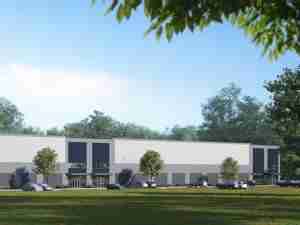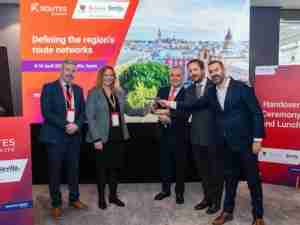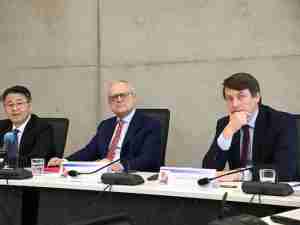
Vehicles running on hydrogen emit virtually no green house gases. They also offer productivity gains, as the down times for refuelling are very short. In addition, the maintenance, handling and disposal issues associated with batteries are eliminated. In fact, a battery room becomes superfluous using hydrogen-powered forklifts, freeing up space and manpower for revenue generating activities.
'Hydrogen offers users a source of power that is reliable, profitable and environmentally friendly. It helps drive down the environmental footprint in the supply chain. Hydrogen-powered forklifts are already widely used in North America, but still a novelty in Europe. So far, this equipment has been too expensive in Germany due to low demand and small production runs. However, this prototype looks promising and has performed very well in our demanding environment Participation in this project underlines LUG's future oriented thinking and commitment to green issues', explains Patrik Tschirch, CEO, LUG aircargo handling GmbH.
LUG operates a fleet of 74 modern electrical forklifts. The units are replaced every four to five years to profit from new technological developments. Recently an automated battery charging station was installed which does not release the trucks until the batteries are fully charged. This innovation brings significant productivity gains as it extends equipment operating hours.
Further technological improvements for the warehouse are in the planning stage. These include a racking system under the roof for the storage of up to 600 empty AKE and a stacker system for up to 350 ready-to-go ULD. The aim is to drive up space utilization rates and increase storage capacity.











